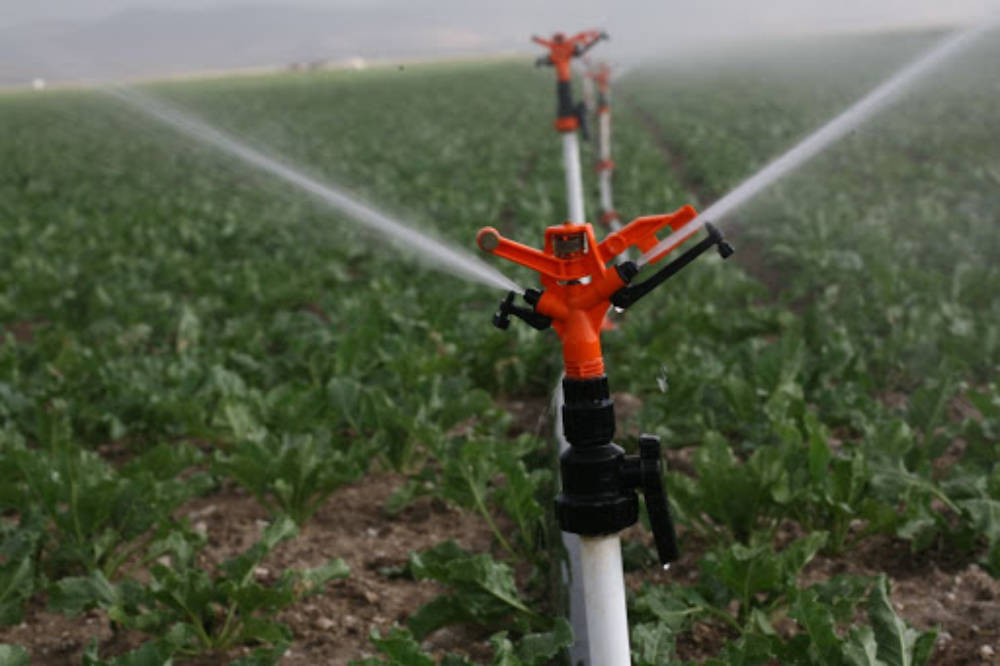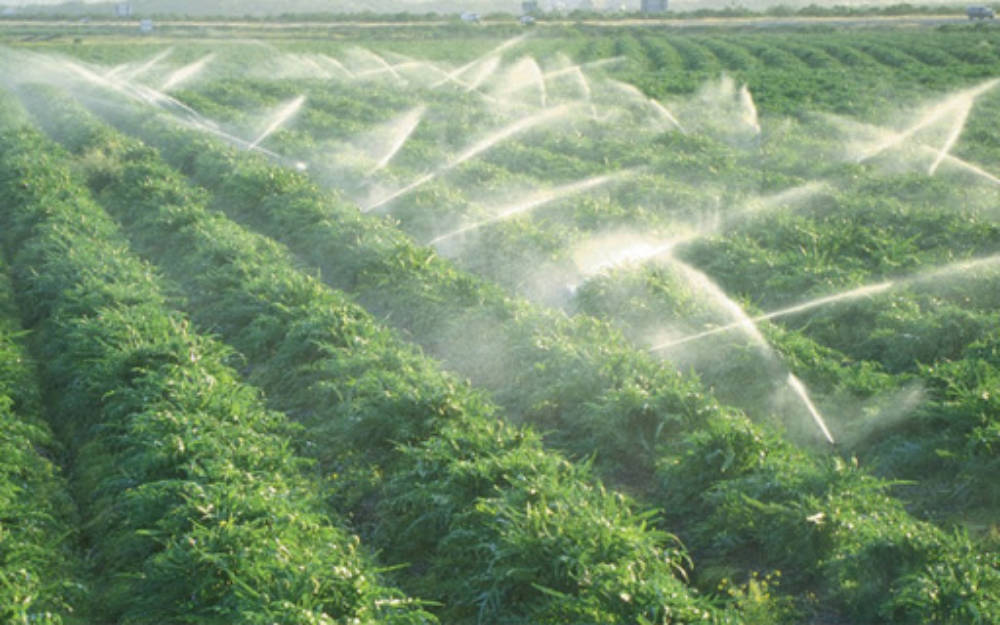Irrigation Systems
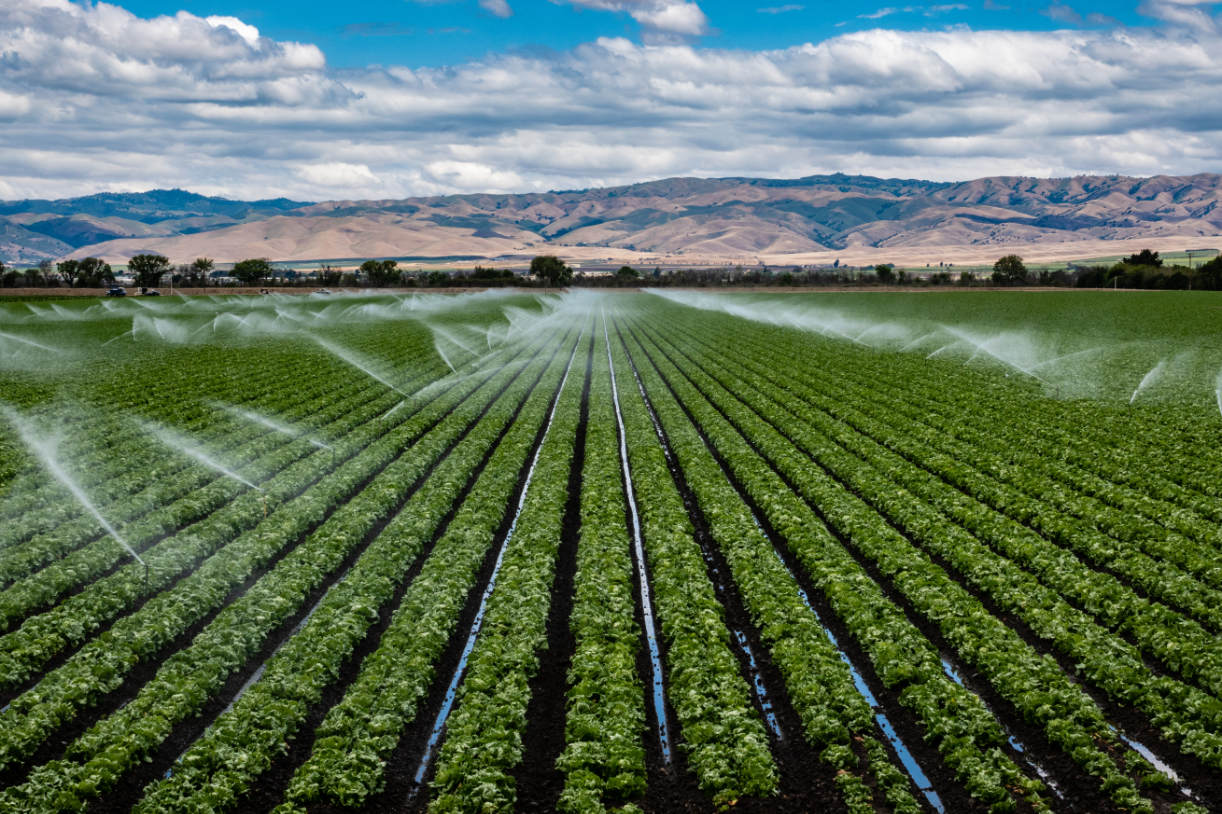
PROJECTING AND PROJECT CONSULTANCY
The Importance of Irrigation in Agriculture:
Water is the source of life on the earth. All living creatures absolutely need water to survive. Plants consist of 90 – 95% water depending on the species. The ability of the nutrients present in the soil to complete their natural cycle depends entirely on the water cycle.The water cycle is the event that the water falling on the soil due to rainfalls is transferred back to the air by evaporation and transpiration. Plants take a significant amount of water from the soil by transpiration and release it into the air in the form of water vapor. During this event, many nutrients enter the plant in a dissolved in water form and are transported thereby means of conducting bundles.
In agricultural irrigation, water can be given to the soil by different methods and systems. Nowadays, the importance of the use of irrigation systems that will need less irrigation water, less labor, will not cause drainage and salinity problems and will increase efficiency and quality is growing day by day.
In recent years, more water and energy savings have been made in the world, especially with the developments in the plastic and machinery industry. Thus, more economical and more effective new irrigation technologies have been developed.
Irrigation in agriculture is the delivery of the water to the root area of the plant in the required amount and timewhich is needed by the plantand cannot be met by rainfall.
The first rule in irrigation in agricultural production is to spread the water brought to the head of the field evenly over the whole field with the least loss. There are many systems for irrigation. Choosing one of these systems for irrigation depends on whether the leveling of the field is smooth, the type of the crop grown, the chemical and physical properties of the soil, the amount and quality of irrigation water, farmer habits, the economic situation of the farmers theresince some irrigation methods require additional investment, also climatic conditions of the region such as wind, temperature, relative humidity,precipitation.
THINGS TO KNOW BEFORE INSTALLING THE IRRIGATION SYSTEM:
1-What are the width, length and dimensions of the land?
2-Will the wholeofthe land be planted?
3-Will the planting be whole or sectional? (In other words, will the whole field be planted, for example,with corn or part of it planted with wheat, part of it with corn or potatoes?) (Products are given as an example)
4- What is the required amount of water in m2 / liter for the product to be irrigated? (They can get this information from the seed seller)
5-How many days is it required to complete the irrigation of the product? Which days, how many times a day, how many hours etc. (Irrigation cycle) (This information can also be obtained from the seed seller)
6-Since the products are different, for different types and varietiesof products form and time of irrigation canvary. Therefore, this information is important and the choice of machine and system will be made accordingly.
DRIP IRRIGATION SYSTEMS
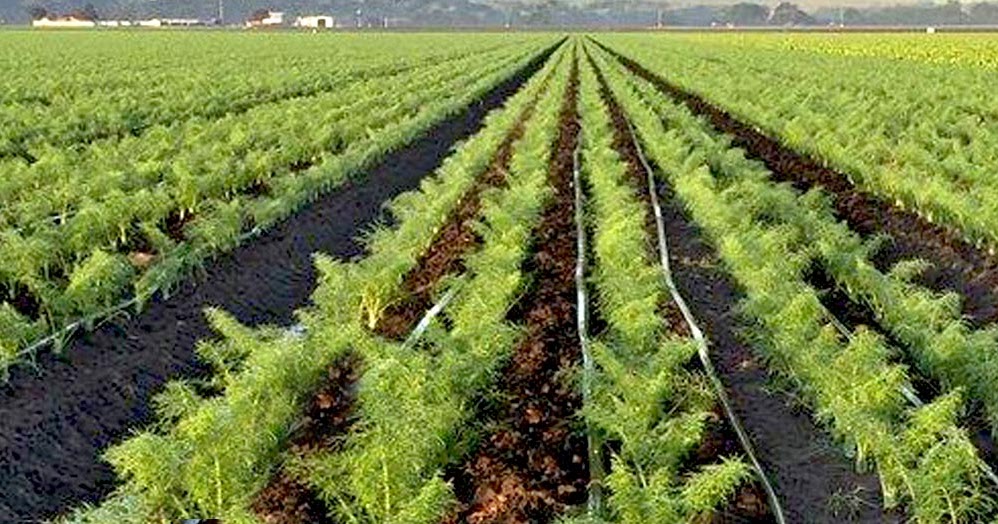
Drip Irrigation
Drip irrigation is the most efficient water and nutrient delivery system for growing crops. It delivers water and nutrients directly to the root area of the plant at the right time. In this way, it ensures that each plant receives the water and nutrients it needs at the right time and helps the plants grow at the optimum level.
Benefits: With drip irrigation, farmers can achieve higher yields while saving on water, fertilizers, energy and even crop protection products.
Underground Drip Irrigation
Among pressurized irrigation systemsit is the irrigation method with the least water and energy loss. The system which carries the water taken from the water source and passed through a suitable filter, from this point on, including the main pipe, parcel valves, manifold, underground drip irrigation pipe and re-manifold, is completely under the ground.
Benefits: Thanks to the underground system, 40% savings in energy and water costs are achieved and labor costs are reduced to minimum levels.
THE DRIP IRRIGATION SYSTEM OCCURS FROM 4 MAJOR GROUPS:
- Pump Station
- Filtration System
- Main line and manifold pipes
- Drip irrigation hose distribution network and additional parts
SPRINKLER IRRIGATION SYSTEMS
Sprinkler Irrigation
It is a system consisting of pipes with nozzles or tips that spray water to the soil surfaceby rainin the form offine droplets under a certain pressure.
Benefits: No need for land leveling. Salt and residue on the leaves are easily washed off.
PIVOT IRRIGATION SYSTEMS
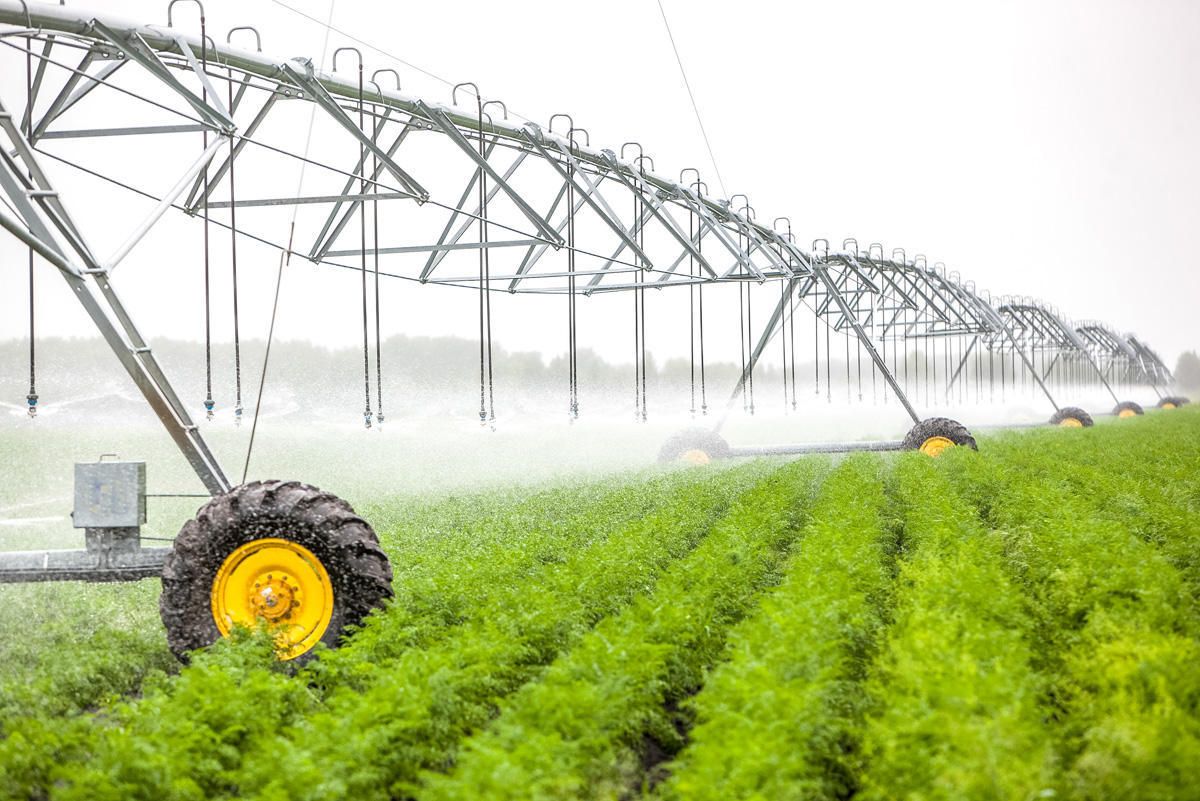
Pivot Irrigation Systems (Center, Linear)
Center: It moves by making a circular rotation on a reinforced concrete platform. It makes irrigation automatically without touching.
Linear: It is the name given to the system that makes irrigation by moving along a line.
Benefits: Compared to other irrigation systems, it is preferred due to its long life and low operating and maintenance costs.





